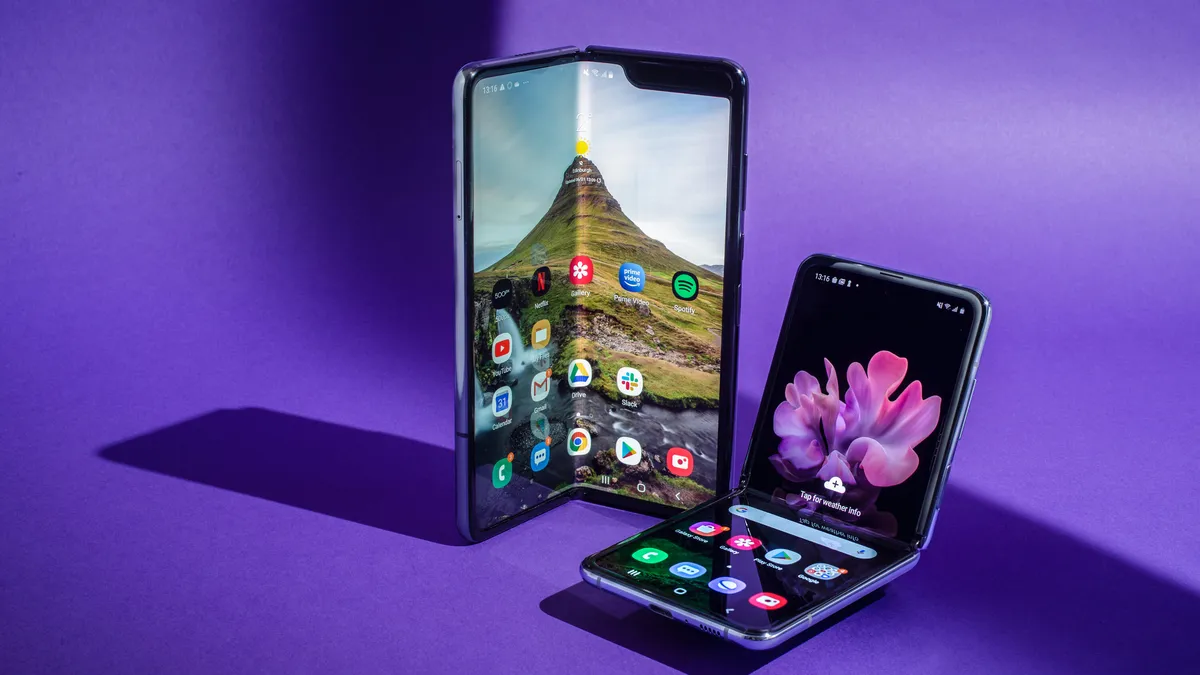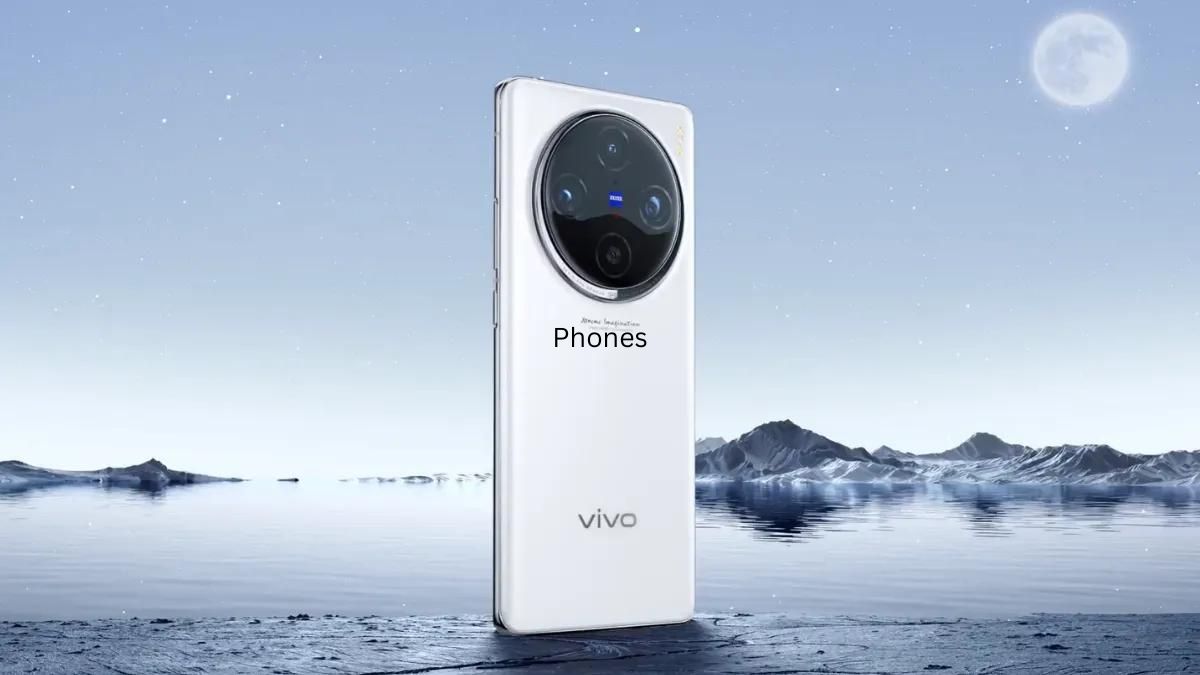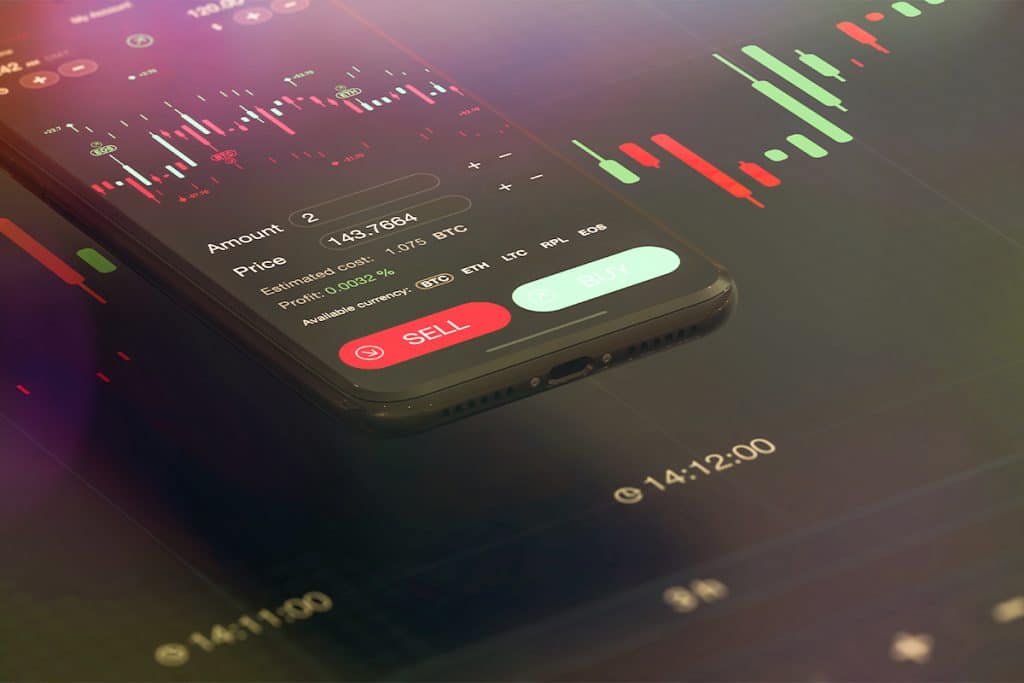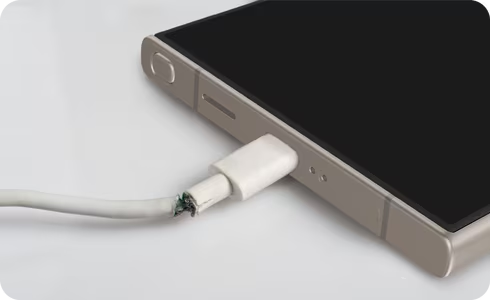Is Samsung Fold Screen Plastic? To answer that let’s first look at how foldable screen technology has evolved. Before foldable phones came into the market smartphones had rigid screens. These screens could not bend or fold, limiting the ways we could use our phones. Samsung along with other companies started working on new technologies that would allow a phone’s screen to bend without breaking. The main idea was to create something more flexible so that people could fold their phones like a book making them easier to carry.
Samsung’s first foldable phones used flexible materials to achieve this goal. These materials included plastics which were light and easy to bend. At first the screens were fragile and could get damaged easily but over time improvements were made. The early foldable screens showed the world what was possible but it was just the beginning of Samsung’s journey in perfecting foldable technology.
Plastic vs. Glass: Understanding the Materials
When people ask Is Samsung Fold Screen Plastic? They are curious about what materials make the screens both flexible and durable. In the early days Samsung used plastic for the foldable screens because plastic can bend without breaking. This type of plastic called polymer is very thin but flexible allowing the phone to fold. However plastic has some disadvantages like being easily scratched or damaged.
On the other hand glass is much stronger and more scratch-resistant than plastic but traditional glass cannot bend. To solve this Samsung started developing ultra-thin glass that can fold without cracking. This glass is now being used in newer foldable models providing more protection while still being flexible. So while plastic was essential in the beginning glass is slowly replacing it in newer devices.
Samsung’s Early Foldable Screens: What Materials Were Used?
In the first models of the Samsung Galaxy Fold people often wondered Is Samsung Fold Screen Plastic? The answer was yes. Samsung’s early foldable screens were made with a special kind of plastic material that was thin and light. This plastic screen allowed the phone to fold in half which was very new and exciting. However this plastic was not as strong as glass and many users noticed that the screen could be easily scratched or damaged.
Samsung quickly realized that while plastic worked for flexibility they needed to improve the durability of the foldable screens. In the next versions they added layers to make the screen stronger and more resistant to damage. Even though the screens were still made of plastic these changes helped make the phones more reliable for everyday use.
Current Samsung Fold Screen Technology: A Shift Towards Ultra-Thin Glass
As of today Is Samsung Fold Screen Plastic? This question has a different answer now. While the first foldable screens were made of plastic Samsung has shifted to using ultra-thin glass in its latest models. This glass is very thin and can fold just like plastic but it is much stronger. The glass layer is combined with other materials to make the screen flexible and more resistant to scratches and damage.
The ultra-thin glass in newer Samsung foldable phones like the Galaxy Z Fold is a big improvement from the original plastic screens. Now users can enjoy a clearer and more durable screen that still folds. Even though some plastic materials are still used especially for flexibility the use of glass makes the phone stronger and better suited for everyday use.
The Role of Plastic in Foldable Screen Flexibility
When we ask Is Samsung Fold Screen Plastic? It’s important to understand that plastic still plays a role in making the screen flexible. Plastic materials, especially polymers are very lightweight and can bend without breaking which is why they were used in the first foldable screens. Even with the shift to ultra-thin glass some plastic is still used in foldable screens to help with the flexibility of the device.
However Samsung has worked hard to improve the quality of the plastic used. In earlier models the plastic could easily be scratched or damaged but newer models have better protection. The combination of plastic for flexibility and glass for durability gives users the best of both worlds making the foldable phones easier to use without worrying about damaging the screen.
Durability Concerns: How Plastic Screens Affect Longevity
One of the biggest questions about foldable phones is Is Samsung Fold Screen Plastic? and how does this affect the durability of the device? Plastic is very flexible which makes it a good choice for a foldable screen. However plastic is not as strong as glass and this can make the screen more likely to get scratches or dents over time. This was one of the main complaints with the early models of Samsung’s foldable phones.
To make the foldable screens last longer Samsung started adding protective layers and improving the quality of the plastic. They also introduced ultra-thin glass to make the screen more durable. Now the combination of plastic and glass provides both flexibility and strength making the phones more durable and resistant to damage. Even though plastic is still used in some parts of the screen Samsung has made many improvements to ensure that the phones last longer.
Comparing Samsung Fold to Other Foldable Devices
When we look at other foldable devices many people ask Is Samsung Fold Screen Plastic? Samsung’s foldable screens started with plastic but many other companies also used plastic in their foldable screens. This is because plastic is easy to bend making it ideal for a screen that needs to fold. However, like Samsung, other companies are now also using ultra-thin glass to make their foldable phones more durable.
For example Motorola and Huawei also released foldable phones with plastic screens in the beginning. Over time all these companies realized the need for stronger materials and they have since improved the durability of their devices. Now Samsung is leading the way with ultra-thin glass but plastic is still an important part of the design for flexibility in all foldable phones.
Future of Foldable Screens: Will Plastic Be Replaced Entirely?
So Is Samsung Fold Screen Plastic? It’s clear that plastic still plays a role in foldable screen technology but will it always be this way? As technology continues to improve many experts believe that plastic will be used less in future foldable screens. Ultra-thin glass is becoming stronger and more flexible and in the future we might see foldable phones made entirely of glass.
However plastic is not going away just yet. Its flexibility makes it a key material in creating foldable devices. Samsung and other companies will likely continue to use plastic in combination with glass for the next few years. As new materials are developed we may eventually see foldable screens that are even more durable without the need for plastic at all.
Conclusion
Is Samsung Fold Screen Plastic? Yes, the early foldable screens from Samsung were made primarily of plastic to give them the flexibility needed to fold. However as technology has improved Samsung has introduced ultra-thin glass which provides more durability while still allowing the screen to fold. Although plastic is still used in some parts of the screen, the shift towards glass shows that Samsung is committed to making stronger and more reliable foldable phones. As the technology continues to evolve we can expect even more improvements in the future.











